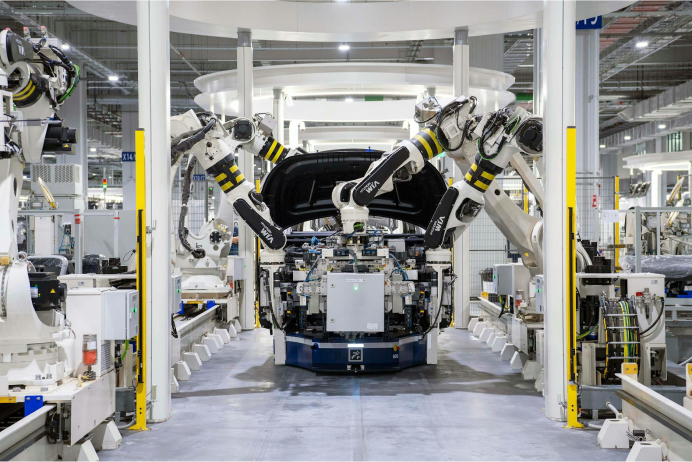Flow simulated using the Gesualdo software
Computer Simulations of Transport Processes
We perform simulations of fluid flow, diffusion, wetting (imbibition) and drainage, and related transport phenomena using our in-house GPU-powered lattice Boltzmann software named Gesualdo. The software handles real or computer-generated 3D geometries obtained from the other modules through imaging and segmentation, or virtual design.
“Gesualdo has been implemented and is utilised in research and development at Essity. The program has enabled specialists to investigate the flow properties of various microstructures present in today’s absorbent hygiene products. Gesualdo has also been used to evaluate new structures for potential use in future hygiene products.”
– Charlotta Hanson, Principal Scientist and Adjunct Professor, Essity Hygiene and Health AB
Multiscale Simulations
The results of simulations on the pore scale are summarised in macroscopic (effective) coefficients such as permeability for fluid flow or effective diffusion coefficients for diffusion. The effective coefficients are used in macroscopic simulations for an entire material or product. The equations describing the transport process on macroscopic scale are derived using homogenisation theory.
Lattice Boltzmann Method
The Lattice Boltzmann method has during the last decades been established as an efficient numerical method for solving in particular transport problems in porous materials. The method is suitable for parallel computations and runs efficiently on graphics processors (GPUs). It also handles very complex geometries such as the ones obtained from imaging of real materials.


For more examples of how the simulations have been used, see the Implementations in the top menu.
Want to know more?
Please reach out to our expert in the field

Senior researcher
Tobias Gebäck
Project leader and expert in mathematical modeling and simulations in porous materials.
tobias.geback@chalmers.se+46 31 772 35 47
Related publications
Explore some publications related to our simulations of mass transport.